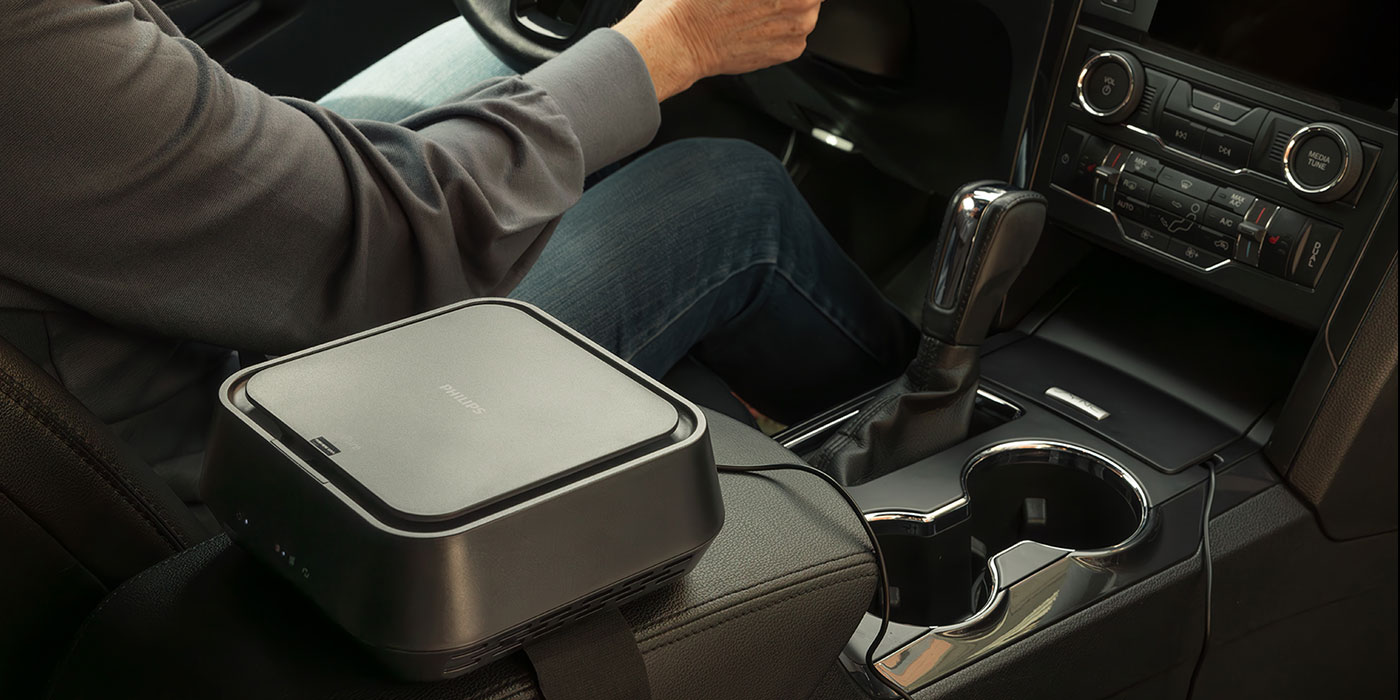By Mark Phillips
Bankers have been warming to the automotive aftermarket in the past few years, namely because it’s a much more predictable and relatively stable industry compared to many others, attendees of Tuesday’s AASA Executive Breakfast heard.
Four people heavily involved in private equity took part in a panel discussion that showed just why outsiders consider the aftermarket to be so attractive. Tony Cristello of BB&T Capital Markets moderated the panel. Taking part were John Hartherly of Wynnchurch, owner of VistaPro Automotive; John Tudor of Friedman Fleischer and Lowe, owner of Transtar Industries; David Overbeeke, president, Global Brake and Chassis, Affinia group; and Paul McCarthy, AASA vice president of industry analysis and research.
“[The aftermarket] is a very stable and predictable part of the economy,” said Tudor. “The predictability makes it attractive. The age of the fleet, miles driven…there’s a high degree of predictability of the vehicle fleet. That’s unusual compared to other private equity sectors. If you try to predict in retail what consumer sentiment will be, it’s a totally different thing.”
“We can better price our investment,” he continued. “We’re better able to invest capital because of these things. As we all know, banks love predictability. Banks are quite willing and eager to lend.”
The marriage of private equity has to be a good one from the start, panelists said. Once consummated, how important is the continuity of existing management? Cristello asked.
“In our experience, any transaction is a fairly traumatic event,” Tudor said. “It takes an immense amount of time. A company typically finishes a transaction wanting to get back to business. The most important thing is to make sure the existing team stays on track and the first order of business is to get back to business. We make investments for five to seven years or longer. That’s a long time. The most important thing at the outset is to make sure you’re on track with common goals and a common set of reference points to know where you’re going.”
Also, the objectives of management and the private equity owner should be very specific and focused, Tudor said.
Overbeeke said private equity firms are very thoughtful about how they combine with a company. “There’s a lot of thought to the life cycles,” he said.
The panelists stressed that private equity groups aren’t all quick-buck artists. They’re methodical in their plans for a company and working to increase the overall value of the company.
The best advice for companies wanting to sell the private equity, panelists said, is to find the right private equity group. It’s like a marriage, they said. If a private equity group wants to do something that’s completely contrary to what the company wants, it’s not a good marriage.
Prior to the panel discussion, Steve Handschuh, AASA president and COO addressed the AASA Executive Breakfast attendees.
“Despite all the apparent headwinds that could be against the automotive aftermarket, there are plenty of reasons to be positive,” he said. “It would be naive not to say there are some challenges and some headwinds. We continue to look at the economy. You know what’s happening with consumer confidence: It’s at the lowest level it’s been since the depths of the recent great recession. Suppliers are very concerned about the overall economy, the consumer and what that means going forward.”
“We know what’s happening to miles driven. It’s a very, very important indicator. We’ve gone 27 straight months with a decline in miles driven.”
But there are bright sides. “We’re blessed with a vehicle parc that’s one of the largest and strongest in the world.”
And an important vehicle ratio has come about. “Next year, for the first time ever, there will be more vehicles on the roads in the U.S. that are out of warranty than are in warranty.”


